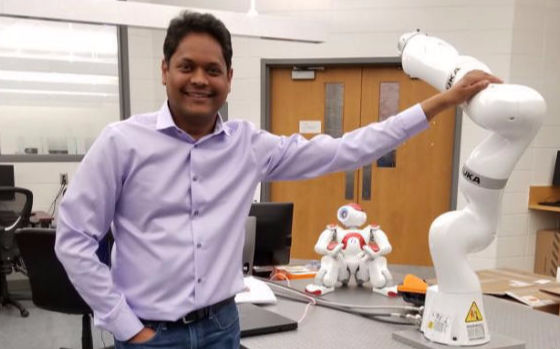
Krishnanand N. Kaipa, PhD
Director, Collaborative Robotics and Adaptive Machines Laboratory
Associate Professor, Department of Mechanical and Aerospace Engineering
Affiliated Faculty, Biomedical Engineering Institute
Associate Editor, IEEE Robotics and Automation Letters Journal
Associate Editor, Frontiers in Robotics and Artificial Intelligence
Associate Editor, ASME Journal of Computing and Information Science in Engineering
Associate Editor, IEEE International Conference on Robotics and Automation (ICRA), 2024
Program Chair, ASME International Conference on Computers and Information in Engineering, 2024
Old Dominion University, Norfolk, Virginia
Email: kkaipa@odu.edu Ph. +1 (802) 324 4386
Google Scholar | ResearchGate | LinkedIn I
